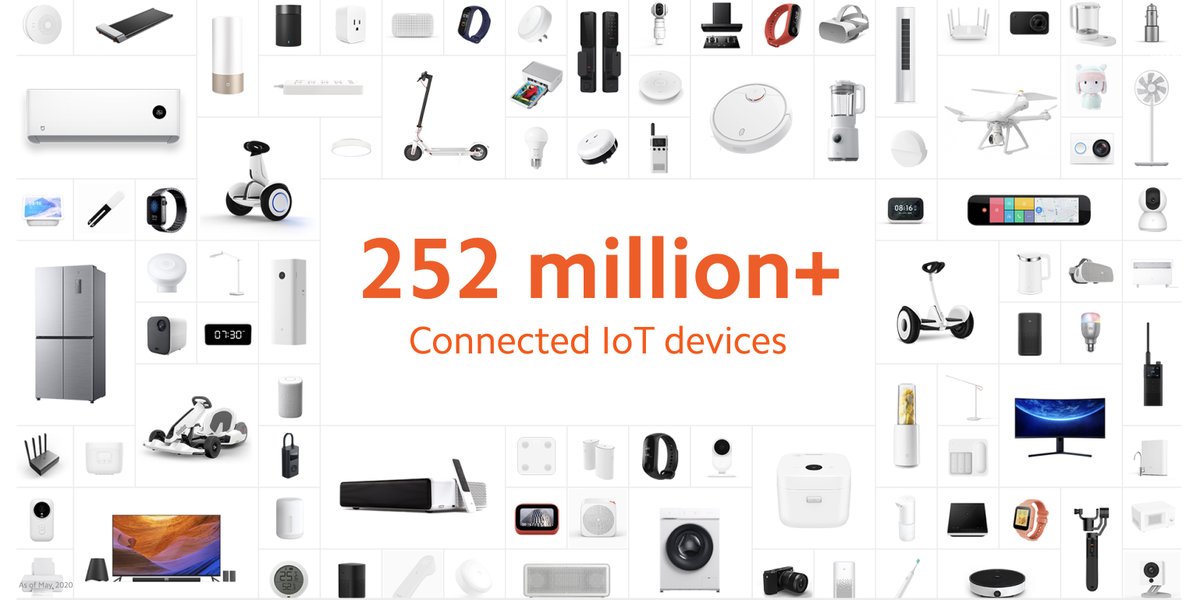The Internet of Things (IoT) describes the network of physical objects “things” — that are inserted with sensors, programming, and different advancements to interface and trading information with different gadgets and frameworks over the web.
The Internet of Things (IoT) connects physical objects embedded with sensors, programming, and advanced technologies to exchange data with other devices and systems over the internet. This network enables seamless communication and information sharing, revolutionizing various industries.
The Internet of Things (IoT) is a system of interrelated physical devices, vehicles, buildings, and other items embedded with sensors, software, and network connectivity that enables them to collect and exchange data.
IoT systems use sensors and other hardware to collect data, which is then processed and analyzed by software to identify patterns and make decisions. IoT technology has numerous applications, from smart homes and cities to industrial automation and agriculture.
This type focuses on everyday consumer use. Examples include voice recognition software, lighting fixtures, and home appliances.
Commercial IoT finds its use primarily in the transportation and healthcare sectors. It includes monitoring systems and advanced pacemakers, among others.
IoMT is used mainly for the military's development of IoT technologies. It involves human-wearable biometrics for use in battle and surveillance robots.
IIoT is extensively used in industrial settings, particularly in manufacturing and energy sectors. Examples include smart agriculture, digital control systems.
Infrastructure IoT is designed for use in smart cities. It involves the deployment of sensors and management systems for infrastructure monitoring.
IoT has become increasingly important because it enables devices to communicate with each other and share data, leading to more efficient and informed decision-making. This has the potential to revolutionize many industries, including healthcare, transportation, and manufacturing.
By using IoT devices, businesses and individuals can monitor and control a wide range of processes, from the temperature of a refrigerator to the performance of a production line. This allows for greater accuracy, improved safety, and reduced costs.
IoT also has the potential to make cities smarter and more efficient by optimizing energy usage, improving traffic flow, and enhancing public safety. By collecting data from sensors and analyzing it in real-time, cities can make informed decisions about how to allocate resources and improve services for their residents.

Although the purposes of various IoT devices vary, they all operate in similar ways. IoT devices are physical objects that sense events occurring in the real world. They typically connect to a Dynamic Host Configuration Protocol server and have an integrated CPU, network adapter, and firmware.

